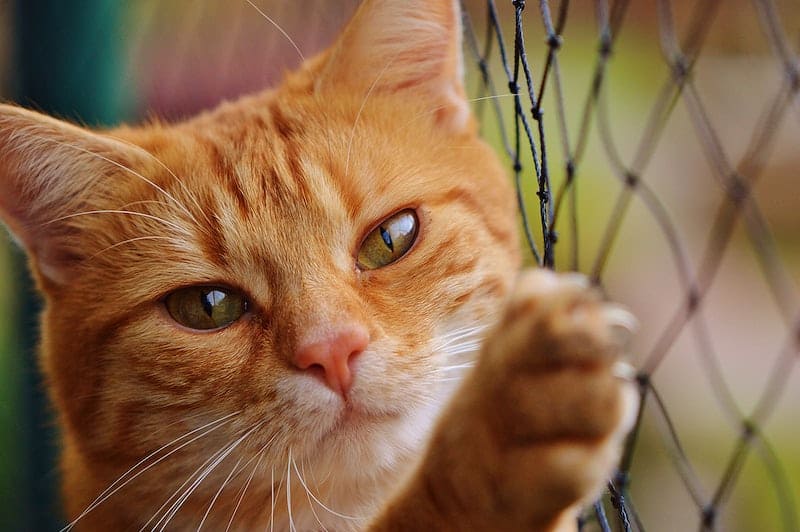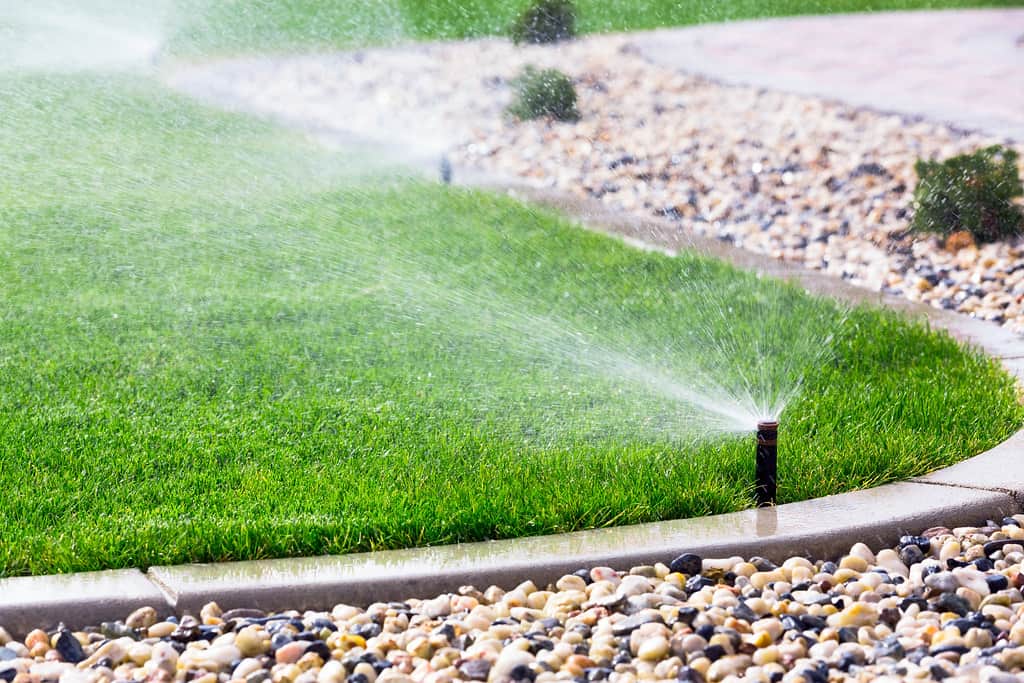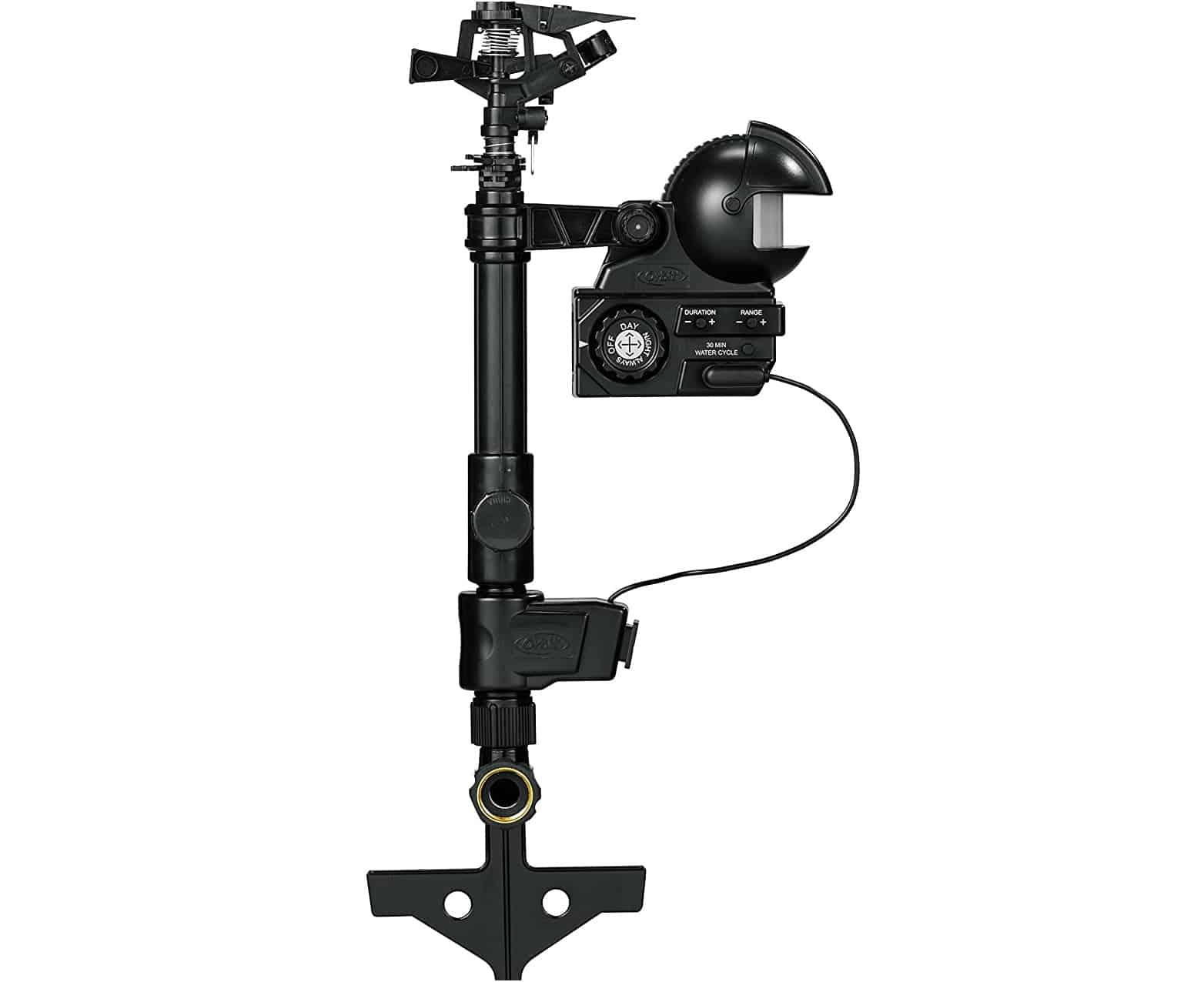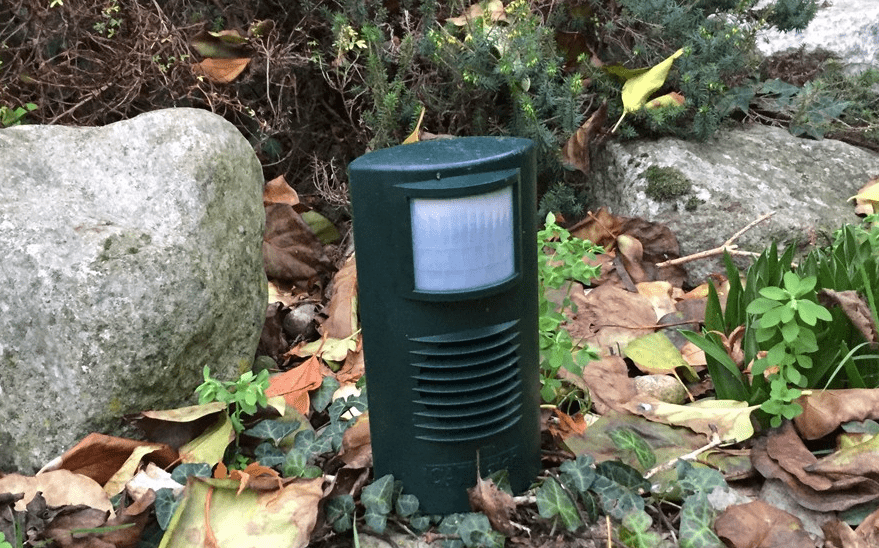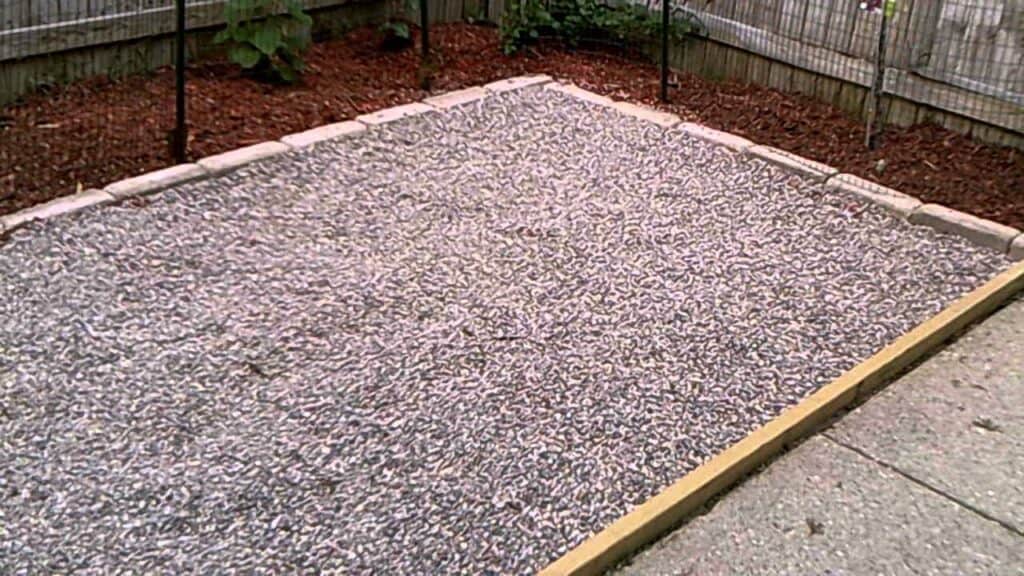Cats are beloved the world over, but they can truly wreak havoc in a backyard. From killing birds to digging up plants to eating the veggies in an edible garden, cats can create recurrent headaches for anyone trying to maintain an attractive yard space.
Whether it’s a feral cat or just the neighbor’s outdoor kitty, a cat can turn a thriving garden into its personal litter box. This is more than just an annoyance, it’s a potential health hazard. Feline fecal matter contains a number of parasites and pathogens, including toxoplasmosis.
Toxoplasmosis is harmful to pregnant women and those with compromised immune systems. Although the chance for infection is slim, always throw out cat feces with gloves and wash your hands after disposal.
A single tactic can be enough to keep one cat out of your backyard, but it won’t necessarily work on others. The best way to humanely cat-proof your yard is by deploying a variety of methods. Read this comprehensive guide to learn all the ways to keep cats out of your backyard for good.
Cat-Proof Fencing
Cats don’t like the rough, prickly texture of chicken wire or bird netting. Both materials are cheap, easy ways to keep cats off a garden bed, and can be picked up at most hardware stores. Simply lay chicken wire or bird netting on top of your soil and make little pockets where the plants or flowers will go.
Roll bars are another neat trick for keeping cats out of the yard. Roll bars (or paddles) can be installed on top of a fence. When a cat attempts to climb over the fence, the bar spins and makes the cat slip back down onto the ground.
Digging Barriers
Cats love to dig (and defecate) in soft, loose soil, which is what makes yards and gardens so appealing to them. There are myriad barriers that can be used to make the ground less diggable, and many of them can be found at home.
Just place rough-hewn rocks, wooden chopsticks, or upside-down plastic forks in and around the garden bed. Lattice fencing laid on the ground with plants installed in the openings is also an effective barrier.
Plastic, spiked mats, such as carpet runners, can be rolled out around the perimeter of a garden as well. This will deter cats without harming them. The mats can be cut up into smaller pieces and placed into planters. If you’re on a budget, you can use the mesh produce bags from the grocery store as an alternative to the store-bought mats.
Spiky Materials
For a fast, inexpensive cat-deterrent, spread sharp-edged materials a few inches apart throughout your garden. You can use:
- Pine cones with sharp edges
- Egg shell shards
- Holly cuttings
- Pebbles
- Twigs
- Stone mulch
Thorny bushes work just as well to discourage cats from prowling around a garden. Plant any of the following bushes around your flower or vegetable beds:
- Blackberry
- Blackthorn
- Berberis
- Holly
- Hawthorn
Cats have keen senses of smell and taste, and that can easily be used against them. There are tons of fragrant plants, essential oils, and everyday kitchen items that will keep cats at bay.
Not only can certain plants give off an odor that cats hate, they can also attract beneficial pollinators and keep away other pests like rabbits and deer. Plant any of these in-between existing flowers and plants:
- Rue
- Lavender
- Pennyroyal
- Lemon Thyme
- Coleus Canina
Trains the cat to stay away from the object or area sprayed - Pleasant citrus smell for you, awful smell for your feline friend.
Coleus Canina is the shining star of cat-repellent plants. Popularly known as the “Scaredy Cat Plant,” it smells foul to cats but not to people. Place coleus canina plants one to three feet apart in the area you want to protect. There are numerous coleus plant varieties, so be certain that you are getting coleus canina before you make the purchase online or at your local nursery.
Plenty of household items are equally effective at making cats turn away from a garden:
- Citrus peels – orange, lemon, lime, and grapefruit
- Cayenne pepper
- Used coffee grounds
- Pipe tobacco
- Garlic clips
When it comes to essential oil, a little goes a long way. Place a few drops of any of these oils on fences, garbage bins, trees, and around garden beds:
- Lavender
- Lemon grass
- Citronella
- Peppermint
- Eucalyptus
- Mustard
- Geranium
Remember to be strategic about the placement of oils. Use them on any and all points of entry into your yard, and apply them directly around spots in the garden that are dug up often. When applying a liquid-based repellent, do it in dry weather when the temperature is over 40° Fahrenheit. Reapply after every rainfall.
Motion Activated Sprinklers
You can always spray an unwanted cat with a garden hose, but that only works if you happen to be home and catch them in the act.
Motion-activated sprinklers do the work for you when you’re not around, by using infrared rays to detect the presence of cats and similarly-sized critters. When an intruder is close, it shoots out water in their direction. Typically, the water blast doesn’t get the cat wet, but it’s enough to frighten it off. Cats will quickly learn that the immediate area around the sprinkler is a danger zone.
All you need is a hose, a Y connector, and batteries. Be sure to situate the sprinklers so they’re facing the cats when they approach your yard.
Since motion-activated sprinklers are connected to a hose, you can expect that the water will freeze in cold temperatures, and the device won’t work. Fortunately, regular use of a sprinkler during the fall, spring and summer is long enough to train cats to stay out of your yard all winter long.
Keeps animals out of plants, yards and gardens using a harmless spray of water.
Ultrasonic Devices
These nifty devices emit high-frequency sounds that scare cats away but are inaudible to the human ear. A built-in motion detector senses when a small animal is near and then sounds off.
As with motion-activated sprinklers, placement is everything. Ultrasonic devices are only operable within a set range, so make sure they can cover your entire property line. Situate the devices around the area you want to protect. Ultrasonic devices can be used in all types of weather, although cold weather may wear out the batteries faster.
The ultrasonic animal repellent features a speaker design, repelling animals by emitting ultrasonic alarm.
Cat-Proof Your Property
Yards are not the only places that cats like to lounge. They can, and often do, hang out in garages, under porches, and in garden sheds, eventually using them as breedings grounds. With the stray cat population already out of control, it benefits everybody when cats are limited in their spaces for mating and breeding. Here are the most effective ways to keep cats off your property:
- Seal up any holes in sheds, porches, underneath decks, and in the garage. Before boarding up holes, make sure there aren’t any cats or kittens already living there. To be certain that all spaces are cat-free, sprinkle baby powder or a similar substance at all the entry points and monitor it for paw prints over the next several days.
- If cats have sprayed on any surface, wash it down with an enzymatic cleaning product to get rid of the pheromones.
- Remove bird baths, and make sure bird feeders are free-hanging so cats can’t hunt and kill the birds that flock to them.
- Get rid of cluttered, brush-filled spaces where mice and chipmunks can hide. Cats will automatically be drawn to any areas where small critters dwell.
- Avoid feeding your pets outdoors, since the smell will most definitely attract cats.
- Keep all garbage lids tightly covered and secured.
- If you have an outdoor grill, clean it regularly to minimize food smells.
Build a Cat-Friendly Garden or Litter Box
If cats are using your yard as a litter box, one creative way to draw them out is to build a separate spot where they’ll want to do their business. If you have the space for it, creating a cat-friendly garden/litter box situated away from your yard is a highly effective way to keep cats out.
Plant a bed of catnip in the far corner of the yard. Next to it, get a large storage bin and cut a small doorway in it. Fill the storage bin with peat moss, sand, or even regular cat litter. This will entice cats to do their business in the bin, rather than your flower bed. If they’re going to go somewhere, it may as well be in a spot that’s easy to clean up and won’t destroy your plants.
If there are already cat feces lying around the yard, just relocate it to the bin to make it clear to them that their restroom has moved.
Trap-Neuter-Release
Outdoor cats are naturally resilient and hard to scare away, making it especially difficult to keep them out of yards. If you find that cats are spraying in your backyard or yowling in the middle of the night, they’re probably not fixed. In this scenario, the responsible thing to do is participate in a local trap-neuter-release (TNR) program.
TNR is a program by which feral cats are humanely trapped using box traps, spayed or neutered, vaccinated, ear-tipped (a marking that shows a cat has been fixed), and then returned back to the outdoors. The aim of TNR is to slowly reduce the feral cat population over time and has proved to be very successful in many parts of the country.


